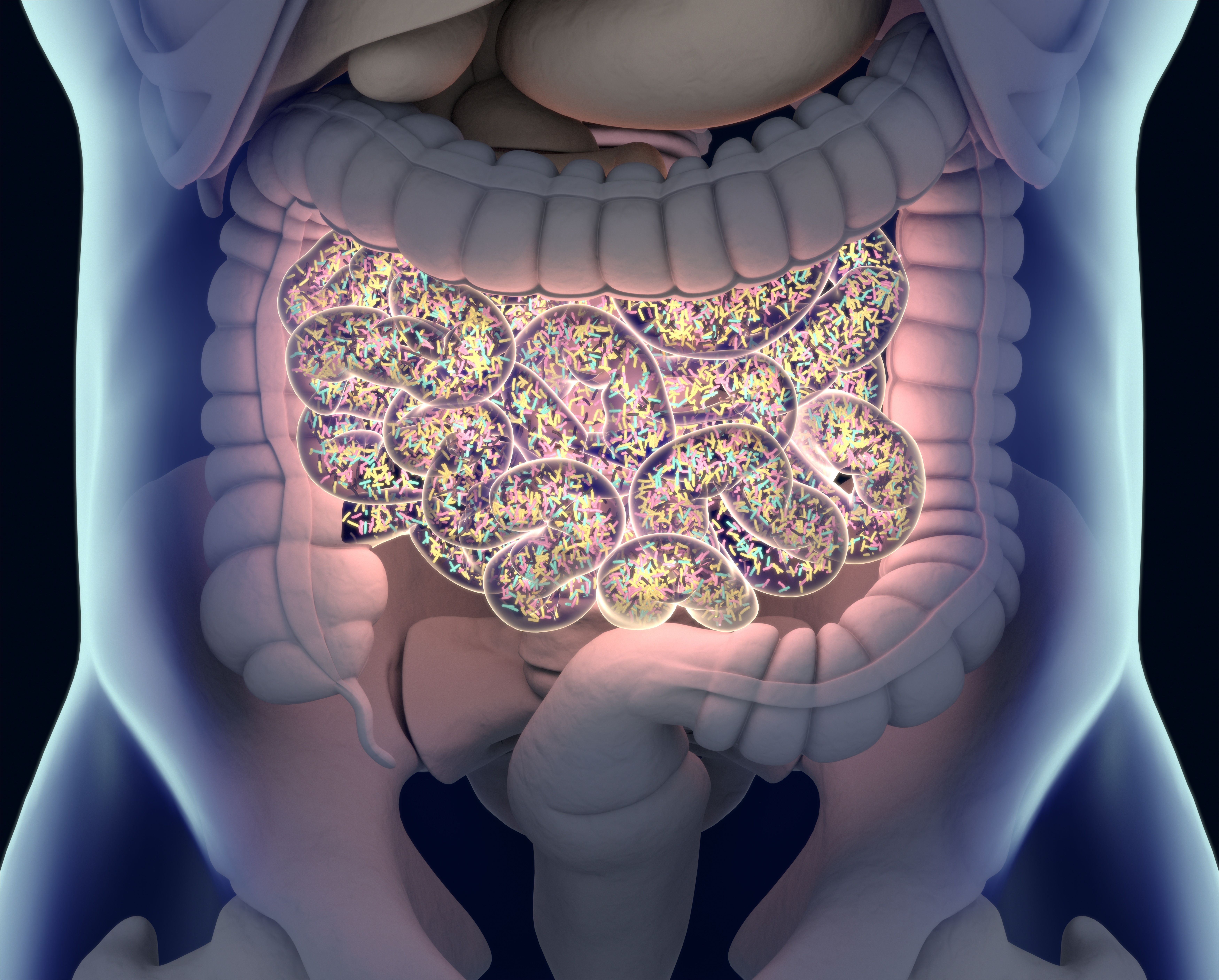News
Article
To Test or Not to Test—The Million Dollar Question for Patients with C. diff
Author(s):
In the study, a new policy empowered unit-based pharmacists to evaluate the patient’s needs and, when safe, switch from a PPI to an H2 blocker.
Clostridioides (Clostridium) difficile is an anaerobic, Gram-positive bacteria spore-forming bacteria, and C. difficile infections (CDI) are a common cause of hospital patient diarrhea in the United States. Infections can range in severity from a self-limited round of diarrhea to colitis, septic shock, toxic megacolon, and death.
Polymerase chain reaction (PCR) testing is a highly sensitive diagnostic tool for C. difficile infections but cannot distinguish between patients with active infection and those that have been colonized with the organism.
In a study published in the American Journal of Infection Control, investigators found that performing PCR tests on inappropriate stool samples led to a high number of false positives. Erroneous diagnosis of active CDI increased costs by lengthening hospital stays for patients, driving unnecessary use of antibiotics and isolation equipment, and running unnecessary PCR tests.
Image credit: Anatomy Insider | stock.adobe.com

To resolve this problem, investigators created a multidisciplinary hospital team that included nurses, physicians, laboratory staff, pharmacists, and key leadership. The team collaborated to develop and implement a new process to confirm that stool specimens were appropriate before PCR testing was approved. This process included criteria checklist cards required to accompany the specimens sent to the laboratory and the criteria included the number and consistency of the patient’s stools. In addition, it asked whether the patient had been given stool-softening medications, had tube feeds, and/or had been tested for CDI in the last 7 days.
Nursing staff or laboratory staff were empowered to reject specimens that did not meet the established criteria, which initiated communication with the provider who ordered the test.
As a second arm of the new process, the team created and implemented a proton pump inhibitor (PPI) review process for inpatient pharmacists to complete. PPIs have a known associated risk in the development of CDI. The policy empowered unit-based pharmacists to evaluate the patient’s needs and, when safe, switch from a PPI to an H2 blocker, after notification of and discussion with the care team.
The investigators tracked the number of CDIs over a 30-month period, which included 6 months before (baseline) and 2 years during the development and implementation of the new process. The number of hospital-onset CDI cases during the baseline period was 57, which decreased to 32 cases during the last 6 months of the new process’s development and implementation phase. The percentage of appropriate samples sent to the laboratory ranged from 41% to 65% for the first 3 months of the development and implementation period. The percentage improved to between 71% and 91% during the last 3 months of the development and implementation period. The investigators concluded that these changes resulted in potentially more than $1,080,000 in patient care savings.
The investigators recommend making further, continuous improvement of the process and collecting more data. They suggest that implementing similar processes at other institutions will improve the length of stay for patients and reduce hospital costs.
Reference
Bussell C, Vincent, J, Brust, K. Implementation of a multidisciplinary process to improve diagnostic stewardship of hospital-onset Clostridioides difficile infections. Am J Infect Control. 2023;51(12);1329-1333. DOI: 10.1016/j.ajic.2023.06.005






